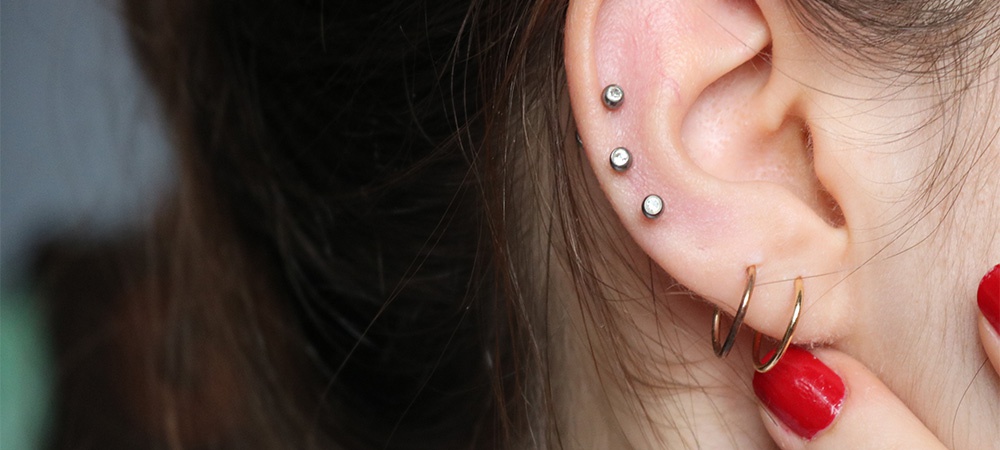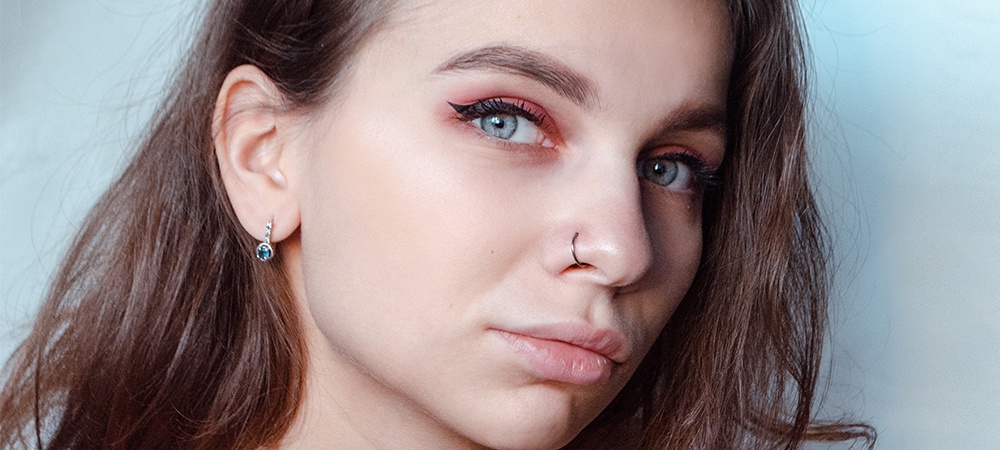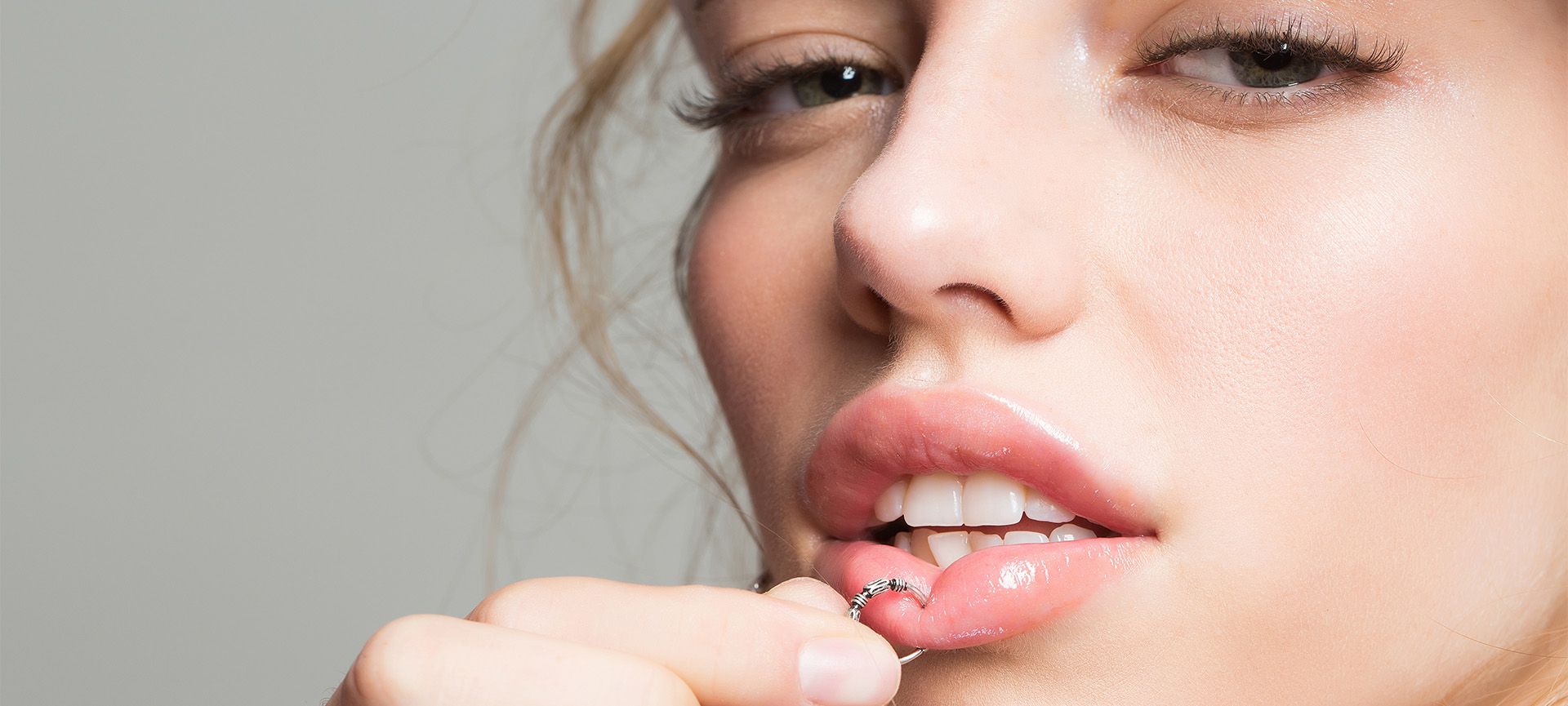The Different Types of Body Piercings You Can Get and Their Meanings
Body piercings have become increasingly popular in recent years, with a growing number of people choosing to adorn their bodies with jewelry as a form of self-expression.
From ear piercings to genital piercings, there are many types of body piercings to choose from, each with its unique meaning and symbolism.
Whether you’re considering a nipple piercing, a septum piercing, or any other type of piercing, understanding the meaning behind each can help you decide which one is right for you.
In this blog post, we’ll explore the different types of body piercings you can get and their meanings. Here’s the information you need to choose the perfect piercing to suit your individual style and personality.
How to Choose Body Piercing
Different types of body piercings have various symbolism for diverse groups of people. While a surface piercing may be nothing more than a sign of good looks to you, to others, it may have deeper cultural, spiritual, or social meanings.
Some body piercing types are more popular and widely accepted than others. But depending on the primary reason you want the body art, some options may be more suited to you.
Below are a few body-piercing forms and their deeper meanings.
Ear Piercings
Ear piercings are the most common type people opt for when they visit piercing studios in Toronto. Many cultures in different parts of the world have been using them way before body piercing became popular.
Generally, cultures across Europe, Africa and some parts of Asia encourage females to pierce and adorn their ears with ornaments.
Over the years, ear piercing has evolved to include several interesting aspects such as lobe piercing which is common in many cultures. In many countries, parents pierce the earlobes of their female children and adorn them with jewelry. Male children may also get lobe piercings as a sign of coming of age.
The primary meaning of lobe piercing has been lost to time and culture integration. Nowadays, people mostly see lobe piercing as body aesthetics.
Another common example of ear piercing is the helix piercing on the ear’s upper part. Similar to lobe piercing, people mostly get a helix piercing for aesthetics.
Other common forms of ear piercings are Tragus, Rook, Conch, and Snug piercings. Daith piercings have medical applications as there are beliefs that they help to cure migraines.
- Anti-tragus: A piercing located on the cartilage opposite the tragus, towards the inner ear. Healing time is around 8-16 weeks with a pain level of 6 out of 10.
- Daith: A piercing in the inner ear cartilage, located near the ear canal. Healing time is approximately 3-6 months with a pain level of 6 out of 10.
- Ear Lobe: The most common and traditional ear piercing, situated on the lowest part of the earlobe. Healing time is around 4-7 weeks with a pain level of 3 out of 10.
- Ear Lobe (Stretched/Plug): A modification of the traditional ear lobe piercing where the hole is stretched over time to accommodate larger jewelry. Healing time can vary, and the pain level depends on the stretching process.
- Helix: A piercing on the upper cartilage of the ear. Healing time is approximately 3-6 months with a pain level of 4 out of 10.
- Industrial: Also known as an Ear Cage, it consists of two holes connected by a single piece of jewelry, usually a barbell. Healing time ranges from 3-12 months.
- Midway: A mid-helix piercing, also known as a midway piercing, is an ear cartilage piercing located on the outermost ridge or fold, positioned approximately halfway between the earlobe (the bottom flap of the ear) and the helix area (the outer rim in the top-third section of the ear)
- Orbital: A piercing that goes through the earlobe and a specific area of the cartilage, allowing for a hoop-style earring to pass through both holes. Healing time varies, and the pain level is moderate.
- Rook: A piercing located on the thick fold of cartilage on the upper inside of the ear. Healing time can take 2-12 months with a pain level of 7 out of 10.
- Snug (or Anti-helix): A piercing of the vertical part in the inner cartilage area, above the anti-tragus. Healing time is around 7-9 months with a pain level of 7 out of 10.
- Flat: This type of piercing involves inserting jewelry through the cartilage in the upper area of the ear, creating a stylish and unique look. The placement of the piercing provides an opportunity for creativity in jewelry selection, allowing you to showcase your individuality and accessorize your ear beautifully.
- Forward Helix: A forward-facing puncture in the upper cartilage of the ear. Healing time is approximately 4-6 months with a pain level of 5 out of 10.
- Conch (Inner & Outer): The inner conch piercing is located on the cartilage inside the ear, while the outer conch piercing is situated on the flat cartilage outside the ear canal.
- Tragus: A piercing in the part of cartilage, located in the central part of the ear. Healing time is approximately 3-8 months with a pain level of 6 out of 10.
Please note that individual experiences may vary, and it’s essential to seek professional advice before getting any ear piercing to ensure proper placement, care, and healing.

Nose Piercings
Nose piercings practices have been around for generations in several communities across the globe. And each of these cultures has its beliefs and opinions about it.
For example, in medieval times, people in several regions of the Middle East, Africa and some parts of Europe recognized nose piercing and adornment as a sign of affluence. Males with nose piercings usually had wealthy affiliations. For the females, nose rings were as much a sign of femininity and beauty as they signified affluence.
But again, nose piercing had a different symbolism in other places. For example, ancient Indians believed left nostril piercing in females aided the woman’s childbearing ability. They also believed it helped to reduce menstrual cramps.
Some African cultures also share similar beliefs about left nostril piercings easing childbirth and reducing menstrual pains for women.
In addition, ancient Egyptians used septum piercing; a form of nose piercing to signify a woman’s coming of age. But septum piercings were more common with warrior tribes in Egypt, Greece and the Americas. Fighters inserted bones in their noses to intimidate enemies.
In modern times, people get septum piercings to symbolize spiritual growth and self-expression. Septum piercing involves the cartilage separating the nostrils, and you may choose it if you’re looking to honour your spiritual beliefs.
Here are the different types of nose piercings you can get:
- Austin: An Austin piercing, also known as a nose tip piercing or the Austin Bar, is a horizontal bar that goes through the tip of your nose. This unique and eye-catching piercing creates the appearance of small beads on either side of your nose. Healing time for an Austin Bar piercing is relatively short, around 2 months, although it might not be suitable for a first piercing due to its level of discomfort during the procedure.
- Nose (Nostril) The Nose (Nostril) piercing involves inserting jewelry from the outside edge of the nose and exiting inside your nostril. This classic and widely embraced piercing allows for various jewelry options and styles, making it a versatile choice for individuals seeking a stylish and fashionable nose piercing.
- Nasallang: The Nasallang piercing is an intriguing and contemporary nose piercing that stands out for its unique combination of multiple piercings into one. A long barbell goes from the outside of one nostril, through the nasal septum, and exits through the other nostril. This complex and captivating piercing offers a striking and edgy look that’s perfect for those who want to make a bold statement with their nose jewelry.
- Rhino (Vertical Nose Tip)): The Rhino piercing, also known as the Vertical Nose Tip piercing, is a vertical bar that goes through the tip of your nose, mimicking the appearance of a rhinoceros tusk. This unique and captivating piercing provides an edgy and stylish look, setting it apart from horizontal nose piercings. Rhino piercing is less painful and less risky compared to piercings that pass through the nasal septum.
- High Nose: The High Nose piercing is a stud that goes from the outside edge of the nose to the inside of your nostril but positioned higher up towards your eyes. This unique piercing creates a captivating appearance, especially when you have one on each side, giving the illusion of a nasallang piercing. With proper aftercare and jewelry selection, the High Nose piercing can make a bold statement and add a touch of individuality to your look.
- Septum (Bull-ring): The Septum piercing, also known as the Bull-ring piercing, is a piercing that typically goes through the “sweet spot” of skin in the middle part between your two nostrils. Contrary to popular belief, this piercing doesn’t actually go through any cartilage, making it a less painful option than expected. The great advantage of the Septum piercing is its flexibility; you can easily flip it up inside your nose to hide it completely when necessary.

Facial Piercings
Facial piercings are the types that involve general areas on the face. For example, piercings on the cheeks, around the cheekbones, forehead or chin are common forms of facial piercings.
People get facial piercings for several reasons. Some people get it because they believe it complements their looks. For others, it’s a form of identification.
For example, gang members often get tattoos and piercings at specific places on their faces to portray their gang affiliations.
Mouth Piercings
Oral piercing involves parts of the mouth, usually the lips and the tongues. Many people get oral piercings as a way of bold self-expression.
In extreme cases, people view oral piercings as a badge of courage for facing pain and fear.
That is because the lips and tongues are quite sensitive to pain. Plus, it gets difficult to eat or talk when you have a sore in your mouth. That makes oral piercings the ultimate test of courage for some people.
Here’s a list of the different types of oral piercings you can get:
- Tongue Piercing: A daring and expressive choice, the tongue piercing involves a single bar placed through the center of the tongue towards the tip. For those seeking variety, there are fascinating variations like the web, snake eyes, venom, and even the striking double tongue piercing to consider.
- Snake-Bite Piercing: Capture the essence of edginess with the snake-bite piercing. Comprising two studs on either side of the bottom lip, this style mirrors the appearance of a snake’s bite, making it a bold and captivating choice for self-expression.
- Smiley Piercing: Embrace your playful side with the smiley piercing, also known as the frenulum piercing. Instead of the outer lip, this piercing goes through the frenulum, the small connective skin between the upper lip and gum, adding a subtle yet charming hoop or ring that becomes visible when you smile.
- Monroe Piercing: Honor the timeless beauty of Marilyn Monroe with the iconic Monroe piercing. This subtle yet elegant piercing recreates the look of her famous beauty mark above the upper lip on the left side, using a small stud to achieve that classic allure.
- Spider-Bite Piercing: Embrace uniqueness with the spider-bite piercing, where two separate holes are placed side by side on the upper or lower lip to create the illusion of a spider bite. It’s a distinctive and eye-catching option for those seeking a fresh and stylish look.
- Labret Piercing: Adorn your lower lip with the stylish labret piercing, placed just below the center of the lip and often featuring a stud. The labret piercing offers a touch of sophistication and versatility to complement various fashion styles.
- Dahlia Piercings: Discover a delightful way to accentuate your smile with Dahlia piercings. Located at the corners of the mouth, two separate holes are adorned with studs, providing a chic and charming touch to your overall appearance.
- Medusa Piercing: Elevate your upper lip’s beauty with the Medusa piercing, positioned above the cupid’s bow in the philtrum area. This piercing captures attention with a single stud, accentuating your facial features and adding a touch of allure to your smile.
Nipple, Belly Button and Genital Piercings
Piercings in sensual areas of the body such as the nipples, navel or genitals predominantly have sexual motivations. Most people get piercings in these areas to symbolize their sexual passions.
For example, belly dancers believe navel piercings trigger sexual desires in men.
Genital piercings are often personal and intimate types of body piercing. As such, females may get piercings on their vaginas to make sex more stimulating. The same also applies to penis piercing in males.
Some cultures also view genital piercings as a rite of passage ceremony symbolizing the sexual coming of age for the individual getting it.
That said, piercing sensual areas of the body is often more painful and risky. These body parts contain more nerve ends responsible for transmitting pleasure during sex. You want to be careful to avoid damaging them.
Related Article: Tattoo Risks And The Precautions That You Should Take

Be Intentional When Getting a Piercing
You can get any type of piercing pretty much anywhere you want on your body. You may put it on your face, lips or even genitals. The only exceptions are delicate areas such as the eyeballs. If you’d like body art on your eyeballs, you can get tattoos instead of piercings.
If you’re ready to get piercing body art but don’t know where to go, look no further than Piranha Studio! Contact us to book a piercing appointment today!
If you still can’t determine the type of piercing you want, we can help you with that too. Call us and let’s have a chat about it.

